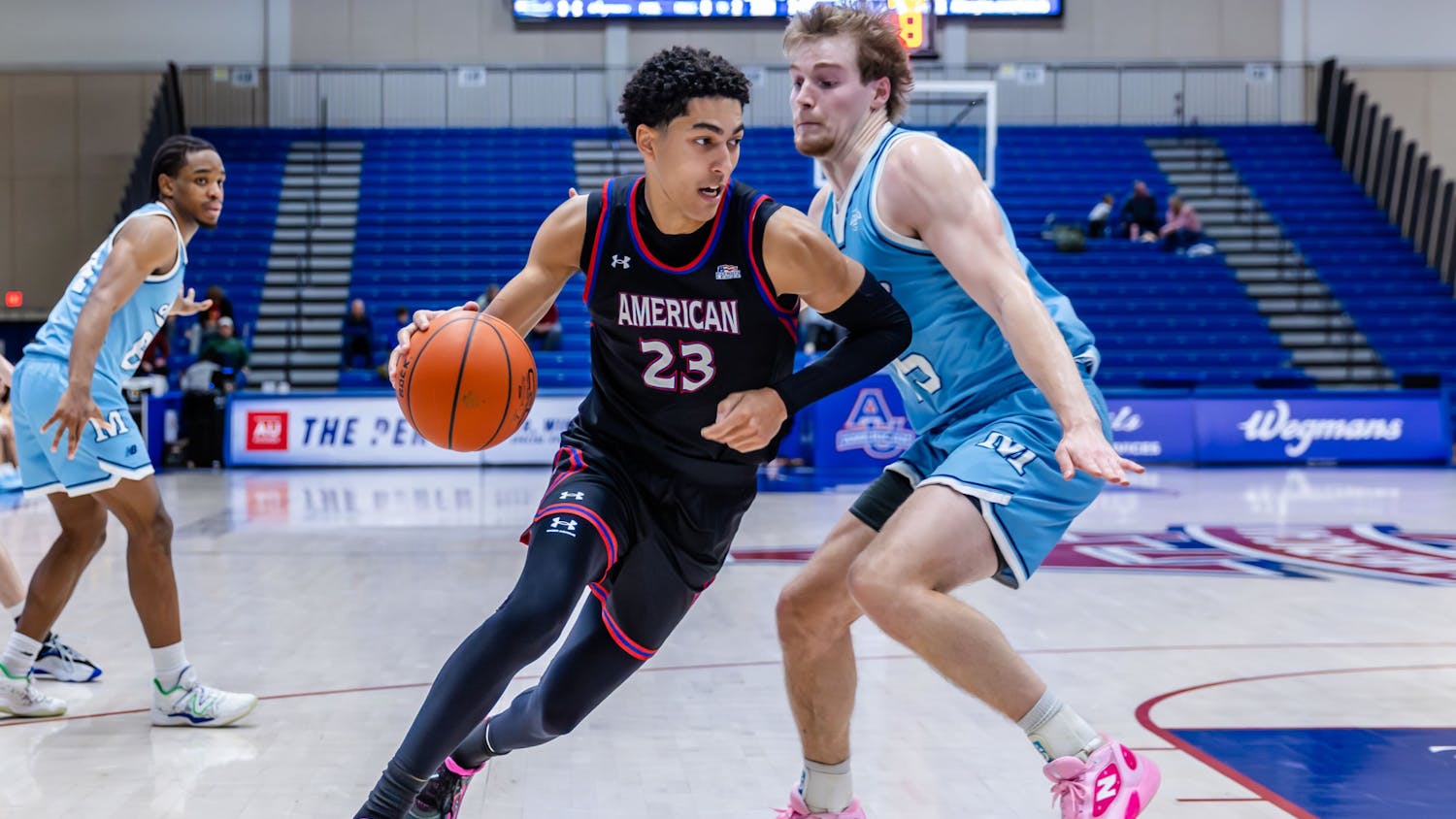On Aug. 18, the NFL and its fans let out a collective groan as Brett Favre, the guy who just will not go away, signed with the Minnesota Vikings. In a sports world where youth is sexy, veteran leadership and solid production have become overshadowed.
You cannot blame the Vikings for such a signing. They would have talked Fran Tarkenton out of retirement before starting Tarvaris Jackson again. You cannot blame the 40-year-old gunslinger, either, for re-signing.
As Favre explained at his first Vikings press conference, “if [the Vikings] are willing to take this chance, then I am too.”
Needless to say, that chance has paid off. Favre leads the NFL with 16 touchdown passes, sports a 106.0 passer rating and is quickly approaching 2,000 passing yards this season. On top of that, he has completed game-winning TD passes against both San Francisco and Baltimore coupled with a season sweep of his former Green Bay Packers. As his stats have boomed, the prosthetic hip jokes have faded away to reveal the startling truth: he can still play ball.
Marvin Harrison is jobless, while guys like Pierre Garcon and Austin Collie are scoring touchdowns. This goes to show that being old is considered a detriment in sports — and for no apparent reason. Across the sporting world, older athletes are putting this unfounded myth to rest and impacting their teams more than ever.
A great example of this is a mile above sea level in Denver. The Broncos are 6-1 and have one of the league’s best all-around defenses, currently ranked second in the NFL. It’s easy to praise Elvis Dumervil and the Denver pass rush defense, but the real source of dominance has been the unshakable coverage of the Broncos’ secondary. Comprised of safety Renaldo Hill, 30; cornerback Andre Goodman, 31; Pro Bowler Champ Bailey, 31, and fiery Brian Dawkins, 36, Denver relies on experience and discipline to shut down opposing passing games.
Football isn’t the only sport where this is happening, either. In San Antonio, the only knock against the Spurs is that they are too old to compete anymore. Most consider Tim Duncan, Manu Ginobili and newcomer Antonio McDyess to be past their sell-by dates. Yet every year, the Spurs are contending for an NBA Championship — and this year is no different. In baseball, Tim Wakefield is still throwing his knuckleball in his 17th season. The Red Wings just recently said goodbye to Chris Chelios after he turned 47.
New England Patriots linebacker Junior Seau has been around since before I was born and Kevin Faulk looks as though he has been catching screen passes since the Revolutionary War. Yet somehow both are still successful players in a league dominated by youth.
All that said, the best evidence for elderly success is the recently-concluded World Series between the Yankees and Phillies. In the decisive Game 6, the Phillies put their championship hopes in the aging right arm of 38-year-old Pedro Martinez. His counterpart, Andy Pettitte, is no youngster either at age 37. Derek Jeter and Johnny Damon each played pivotal roles in the series, while Hideki Matsui’s seven RBIs won him World Series MVP honors. All three are 35 or older. In fitting fashion, Mariano Rivera closed out the game over two innings to clinch another Yankees championship. He turns 40 in a few weeks.
It is easy to look at rising stars like LeBron James, Adrian Peterson and Derrick Rose and declare that youth is the key to long-term success, but what fans overlook is the value of a seasoned veteran. Fans shrug at the offseason signings of productive journeymen and drool over the potential of first-round draft picks when, in reality, fans should be doing the complete opposite. With medical treatments evolving and technology improving, players can vastly outlive their so called “primes” and remain productive well into their 30s and beyond.
Players like Brett Favre have proven that age is no longer a barrier to athletic success. Some players choose to bow out while they are still relatively young, but a majority stick with it until they are either unwanted or physically unable to play. It is a testament not only to the wonders of modern medicine, but the wonders of the average athlete’s determination and love of the game.
You can reach this writer at sports@theeagleonline.com.




